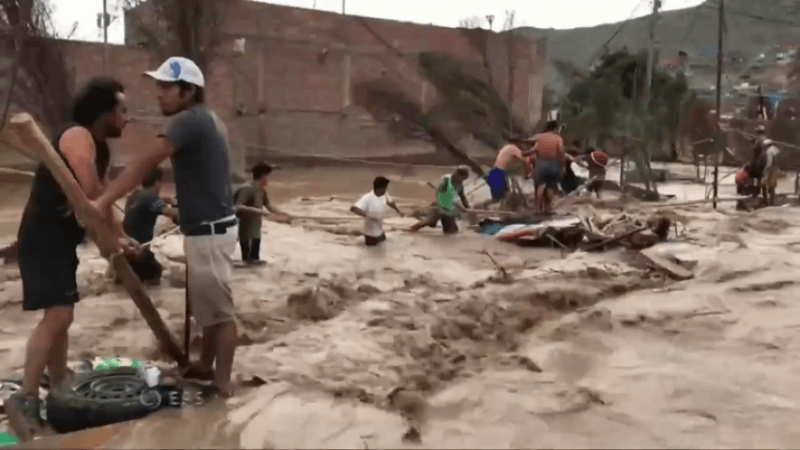
At least 72 people have been killed and over 70,000 people have become homeless due to landslides, after an abnormal warming of Pacific waters off Peru resulted in one of the deadliest downpours in decades.
2016 might be world's hottest year, say scientists
Authorities on Friday said that the rainfall this year is 10 times more than the region is accustomed to, resulting in flash floods which have destroyed crops and clogged highways in many areas in the country.
Prime Minister Fernando Zavala said that emergency has been declared in half of Peru, including over 800 towns, to expedite resources to the hardest hit areas, mostly in the north where rainfall has broken records in several districts.
The country's capital Lima has been without water since Monday and the services in the region are only now being restored. The armed forces have been deployed in the affected areas to helpt police control law and order across the country.
The government said that there are shortages of food and water in many areas and priced have risen by 5% on average in the past week.
The country will face another month of flooding, as a local El Nino phenomenon is likely to continue along Peru's northern coast through April, a scientist with Peru's El Nino committee Dimitri Gutierrez, according to Reuters reports. Gutierrez added that coastal El Ninos in the country tend to be preceded by the El Nino phenomenon in the Equatorial Central Pacific, which can trigger flooding and droughts around the world.
The United States weather agency has said that an El Nino is likely to develop in the second half of this year at about 50 to 55 percent.

















